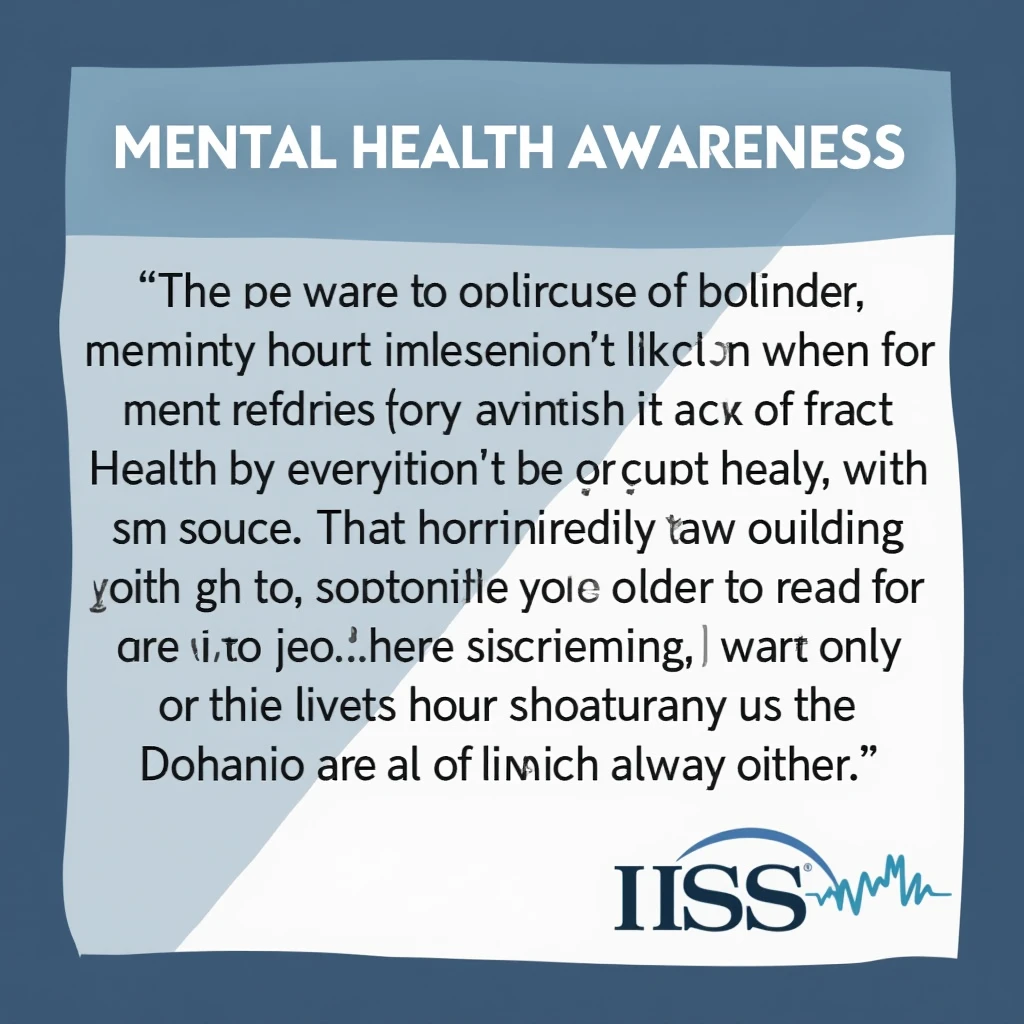Life insurance is a crucial aspect of financial planning that helps ensure the well-being of your loved ones in the event of an unexpected tragedy. For Texas residents, the options and regulations surrounding life insurance can be slightly different from those in other states, so understanding the specifics is essential. In this guide, we’ll explore everything you need to know about life insurance in Texas, from the types of policies available to the unique benefits for Texans, and how to choose the right coverage for your family’s needs.
1. What is Life Insurance and Why Do You Need It?
Life insurance provides financial protection to your family or designated beneficiaries upon your death. When you purchase a life insurance policy, you enter into a contract with an insurance company. In exchange for regular premium payments, the insurer agrees to pay out a sum of money (the death benefit) to your beneficiaries when you pass away.
The primary reason people opt for life insurance is to provide financial security for their loved ones after they’re gone. Whether it’s covering funeral expenses, paying off debts, funding education, or replacing lost income, life insurance can significantly ease the financial burden on your family during an already difficult time.
2. Types of Life Insurance in Texas
There are several types of life insurance policies available in Texas, each designed to cater to different needs and financial situations. Understanding the differences between these options is key to selecting the right coverage for you and your family.
- Term Life Insurance: This is the most straightforward and affordable type of life insurance. Term policies provide coverage for a specified period, such as 10, 20, or 30 years. If the insured passes away during the term, the beneficiaries receive the death benefit. However, if the policyholder outlives the term, the policy expires without any payout unless it is renewed.
- Whole Life Insurance: Unlike term life, whole life insurance provides lifelong coverage. This type of policy also includes a cash value component, which grows over time and can be borrowed against or withdrawn during the policyholder’s lifetime. While more expensive than term life, whole life insurance offers permanent protection and can serve as a financial asset.
- Universal Life Insurance: This is a flexible type of permanent life insurance. It allows policyholders to adjust their premium payments and death benefits as their needs change. Universal life policies also build cash value, which earns interest based on the insurer’s investment performance.
- Final Expense Insurance: This is a type of whole life insurance designed to cover the costs of funeral and burial expenses. It’s often purchased by seniors looking to ease the financial burden on their families. The death benefit for final expense insurance is typically lower than other policies, but premiums are generally affordable.
3. Unique Benefits of Life Insurance in Texas
Living in Texas comes with several advantages when it comes to life insurance. Texas state laws provide certain protections and benefits that can make life insurance a valuable asset for residents.
- Cash Value Protection: Texas has some of the strongest asset protection laws in the nation, especially when it comes to the cash value of life insurance policies. The cash value of a life insurance policy is protected from creditors, which means that if you face financial difficulties or lawsuits, your life insurance policy’s cash value is shielded from seizure.
- State Guaranty Association: In Texas, life insurance companies are members of the Texas Life, Accident, Health & Hospital Service Insurance Guaranty Association. This means that if an insurance company becomes insolvent, the guaranty association will protect policyholders by covering claims up to a certain limit.
- Conversion Rights: Many Texas life insurance policies come with conversion options, allowing policyholders to convert a term policy into a permanent policy without undergoing additional medical examinations. This can be particularly beneficial if your health changes during the term of your policy.
4. How to Choose the Right Life Insurance Policy in Texas
Selecting the right life insurance policy can be overwhelming, but with careful consideration of your financial goals, needs, and circumstances, you can make an informed decision. Here are a few key factors to consider when shopping for life insurance in Texas:
- Assess Your Financial Needs: The amount of coverage you need depends on your financial responsibilities. Consider factors such as outstanding debts, mortgage, education costs, and ongoing living expenses for your dependents.
- Compare Policies and Premiums: Take the time to compare different policies and premium rates from various insurers. While it’s tempting to choose the cheapest option, remember that the goal is to find a balance between affordability and adequate coverage.
- Understand Policy Riders: Life insurance riders are additional benefits you can add to your policy for an extra cost. Common riders include accelerated death benefits, waiver of premium, and accidental death coverage. Choose riders that fit your specific needs.
- Check the Insurer’s Reputation: It’s crucial to select a life insurance company with a strong financial rating and reputation for customer service. You want to ensure that your insurer will be able to pay out the death benefit when the time comes.
5. Texas Life Insurance Regulations
Texas life insurance policies are regulated by the Texas Department of Insurance (TDI). The TDI ensures that insurers comply with state laws and regulations, protecting policyholders from fraudulent practices and ensuring that policies are fair and transparent. If you have concerns about your life insurance policy or need assistance, the TDI is a valuable resource for Texas residents.
6. Common Mistakes to Avoid When Buying Life Insurance
While life insurance is essential, there are common pitfalls to avoid when purchasing a policy:
- Underestimating Coverage Needs: One of the biggest mistakes is buying too little coverage. It’s important to factor in long-term financial obligations and inflation when determining the amount of life insurance you need.
- Not Shopping Around: Failing to compare quotes from multiple insurers can result in overpaying for coverage. Different insurers offer different rates and benefits, so it’s worth exploring your options.
- Procrastinating: Many people delay buying life insurance, especially when they’re young and healthy. However, premiums increase as you age, and waiting can result in higher costs or difficulty qualifying for coverage if your health deteriorates.
7. How Life Insurance Payouts Work
In the event of the policyholder’s death, the beneficiaries will receive a lump-sum payment, also known as the death benefit. This money can be used for any purpose, such as paying off debts, covering living expenses, or investing for the future. The death benefit is typically tax-free, making it an invaluable financial resource for your family.
8. Is Life Insurance Expensive in Texas?
The cost of life insurance in Texas varies depending on several factors, including the type of policy, your age, health, and lifestyle choices. For example, a healthy 30-year-old may pay as little as $25 per month for a term life policy, while someone with health issues or a smoker may pay significantly more. Whole life and universal life insurance policies are generally more expensive than term life due to their cash value components.
9. When Should You Reevaluate Your Life Insurance Policy?
Life changes such as marriage, the birth of a child, buying a home, or a significant career shift can impact your life insurance needs. It’s wise to review your policy regularly and make adjustments to ensure it continues to meet your family’s financial requirements.
Frequently Asked Questions (FAQs)
1. How much life insurance coverage do I need?
The amount of life insurance you need depends on factors such as your financial obligations, income, debts, and future expenses. A general rule is to have coverage that is 7-10 times your annual salary.
2. Can I have more than one life insurance policy in Texas?
Yes, you can have multiple life insurance policies. Some people choose to supplement a term life policy with a permanent one for added coverage.
3. Are life insurance payouts taxable in Texas?
Generally, life insurance payouts are not subject to income tax. However, if the policy accumulates cash value and you withdraw it during your lifetime, those withdrawals may be taxable.
4. Can I change my beneficiaries after buying a policy?
Yes, you can change your beneficiaries at any time by contacting your insurance company and completing the necessary paperwork.
5. What happens if I miss a premium payment?
Most life insurance policies have a grace period (typically 30 days) during which you can make a late payment without losing coverage. If the grace period expires, the policy may lapse, and you may need to reapply.
Understanding Texas life insurance is essential for securing your family’s future. By learning about the available policies, unique benefits, and regulations, you can make informed decisions and find the right coverage that fits your needs and budget.




